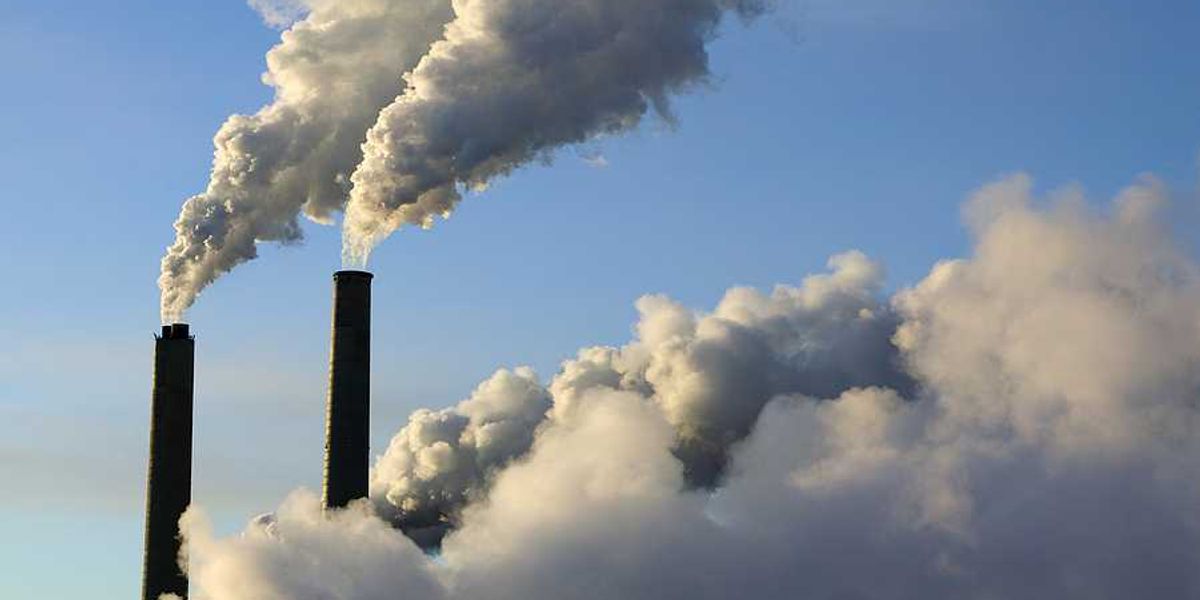Polar ice melt may collapse key ocean current by 2050, scientists warn
Global warming has accelerated since 2010, raising concerns that a critical Atlantic Ocean current could shut down within decades, leading to extreme sea level rise and disruptive climate shifts.
Bob Berwyn reports for Inside Climate News.
In short:
- A study led by former NASA scientist James Hansen found the global warming rate has increased by 50% since 2010, with a sharp temperature rise in the past two years.
- Researchers warn the Atlantic Meridional Overturning Circulation (AMOC), a key climate-regulating ocean current, could collapse within 20 to 30 years, contradicting previous Intergovernmental Panel on Climate Change assessments.
- The warming surge is linked to reduced air pollution, shifting ocean patterns and rapid Arctic ice melt, which may trigger extreme weather, sea level rise and food security threats.
Key quote:
“The main issue is the sleeping giant, the point of no return, the danger of an AMOC shutdown and large sea level rise.”
— James Hansen, climate scientist
Why this matters:
The Atlantic Meridional Overturning Circulation, a major system of ocean currents that regulates the Earth's climate, has become a focal point in discussions about the accelerating effects of climate change. Its potential collapse — an event scientists warn could occur sooner than previously thought — has staggering implications. Such a breakdown would disrupt global weather systems, causing abrupt shifts in rainfall and temperature patterns that are critical for agriculture, freshwater availability and food security. Researchers also note that current climate models might be underestimating the speed of warming, a concerning prospect as it suggests these disruptive events may arrive faster than anticipated.













